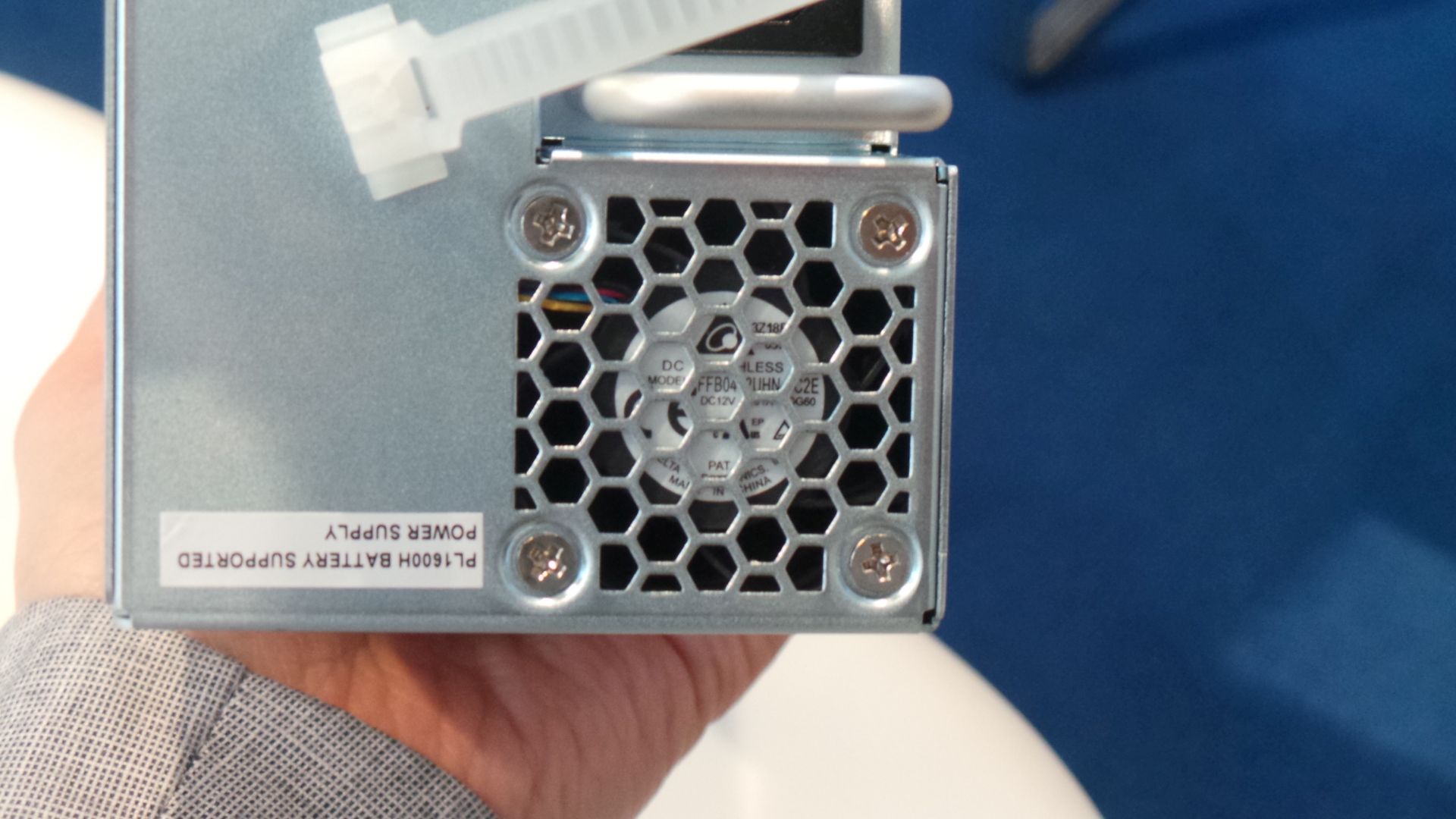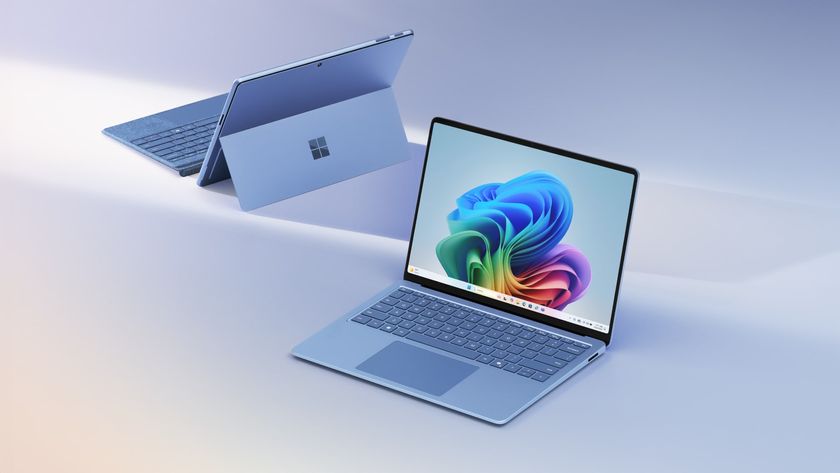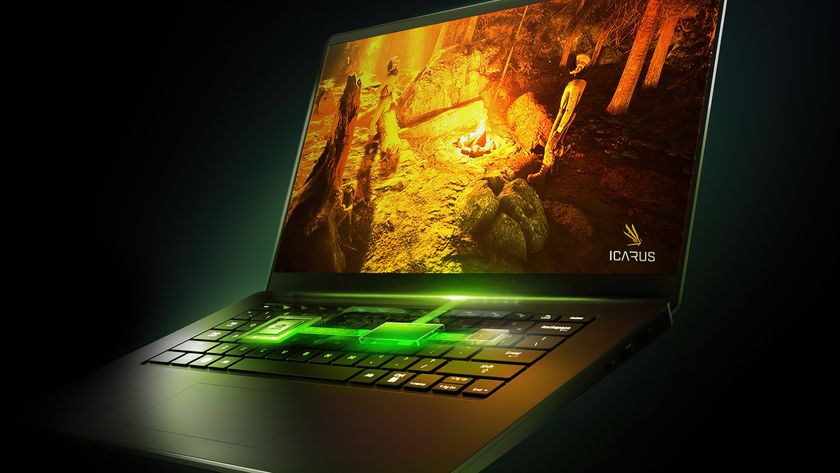Microsoft opens kimono on its servers and a UPS killer
Are the days of centralised UPS numbered?

Microsoft has disclosed some interesting details about what makes up its own data centres and one particular piece of hardware that may well make business for UPS vendors slightly more complicated.
Kushagra Vaid, GM, Server Engineering, Cloud+Enterprise Division at Microsoft revealed that the company swapped its data centre technology roughly every three years. The current Gen5 data centre has achieved a PUE (power usage efficiency) of only 1.07 on 15MW.
He also presented a Microsoft-designed power supply unit that could well make centralised UPSes within DCs obsolete.
The Local Energy Storage (LES) is essentially commodity batteries (used in cameras) squeezed into a 1.6KW power supply unit.
Vaid said that it slashed UPS capex by 80% while improving PUE by a sixth and cutting facility footprint by a quarter. Perhaps most importantly, it allowed the company to embrace PAYG for UPS capacity, having eliminated the need to get full UPS capacity initially.
He also shed more details regarding its own Open CloudServer devices. Each of those servers follow a set strict of rules (minimalist hardware design, standardised specs, high efficiency and focus on service and repair simplicity).
The model presented by Vaid is a twin-socket 120W 14-core CPU model (likely to be the recently-launched Intel Xeon E5-2683v3 which runs at 2GHz and has 35MB of L2 cache) with two X16 PCIe slots for optional accelerators, a 40GbE NIC with ROCE v and M.2 Flash solid state storage.
Are you a pro? Subscribe to our newsletter
Sign up to the TechRadar Pro newsletter to get all the top news, opinion, features and guidance your business needs to succeed!
These are them mounted on a 12U chassis that has shared management, fans, power and signal backplane as well as JBOD expansion.
Vaid was a speaker at today's first session of DCD at CeBIT 2015.

Désiré has been musing and writing about technology during a career spanning four decades. He dabbled in website builders and web hosting when DHTML and frames were in vogue and started narrating about the impact of technology on society just before the start of the Y2K hysteria at the turn of the last millennium.
















